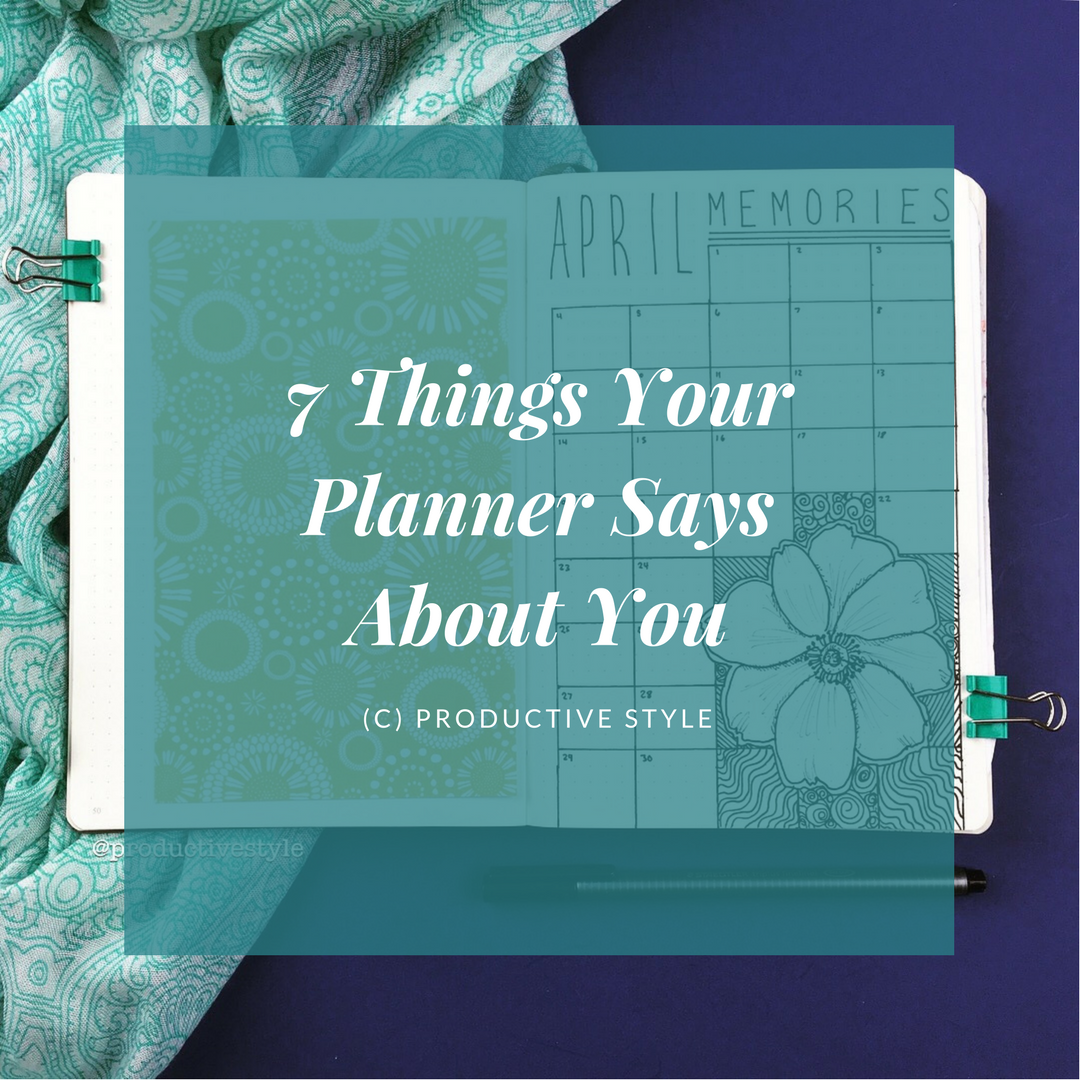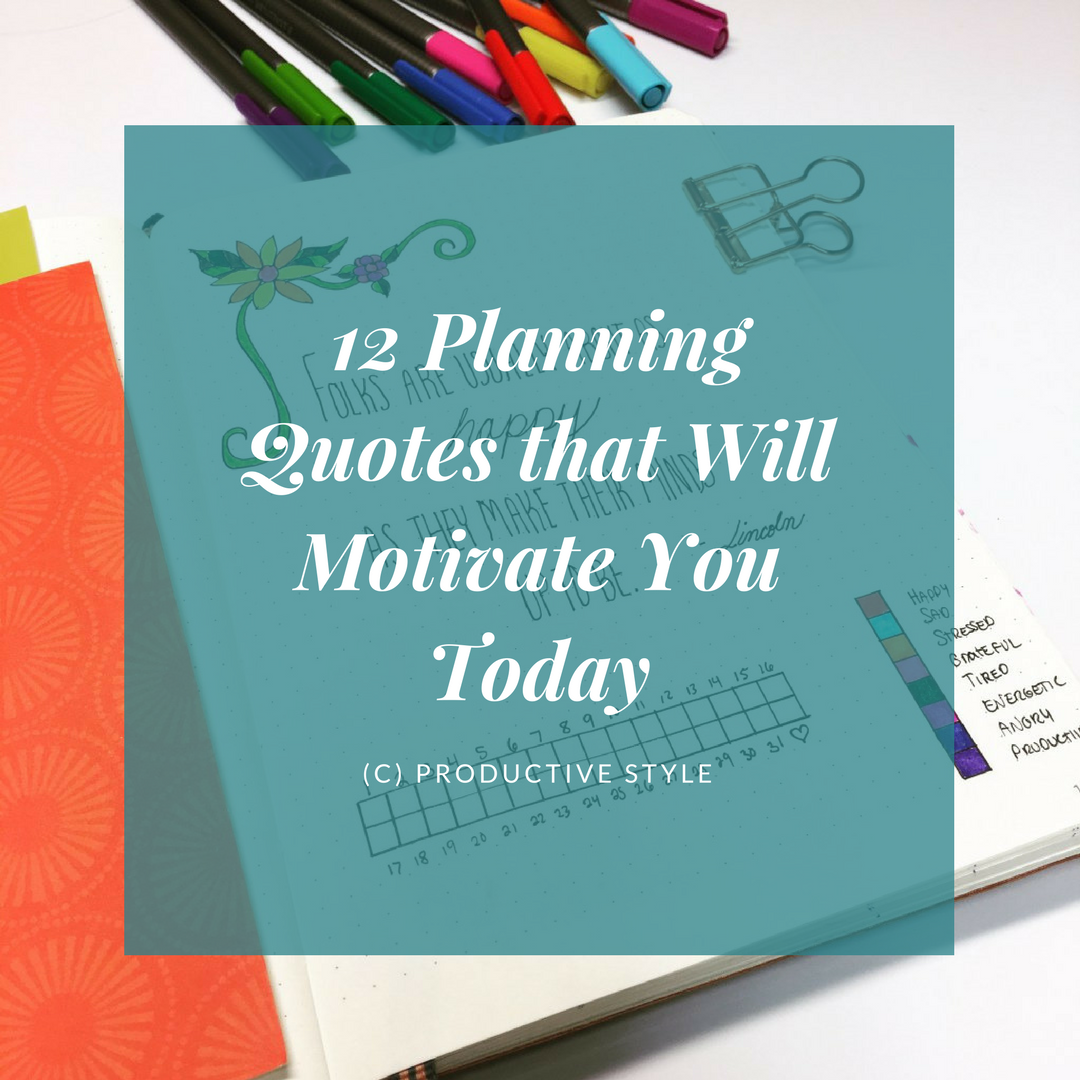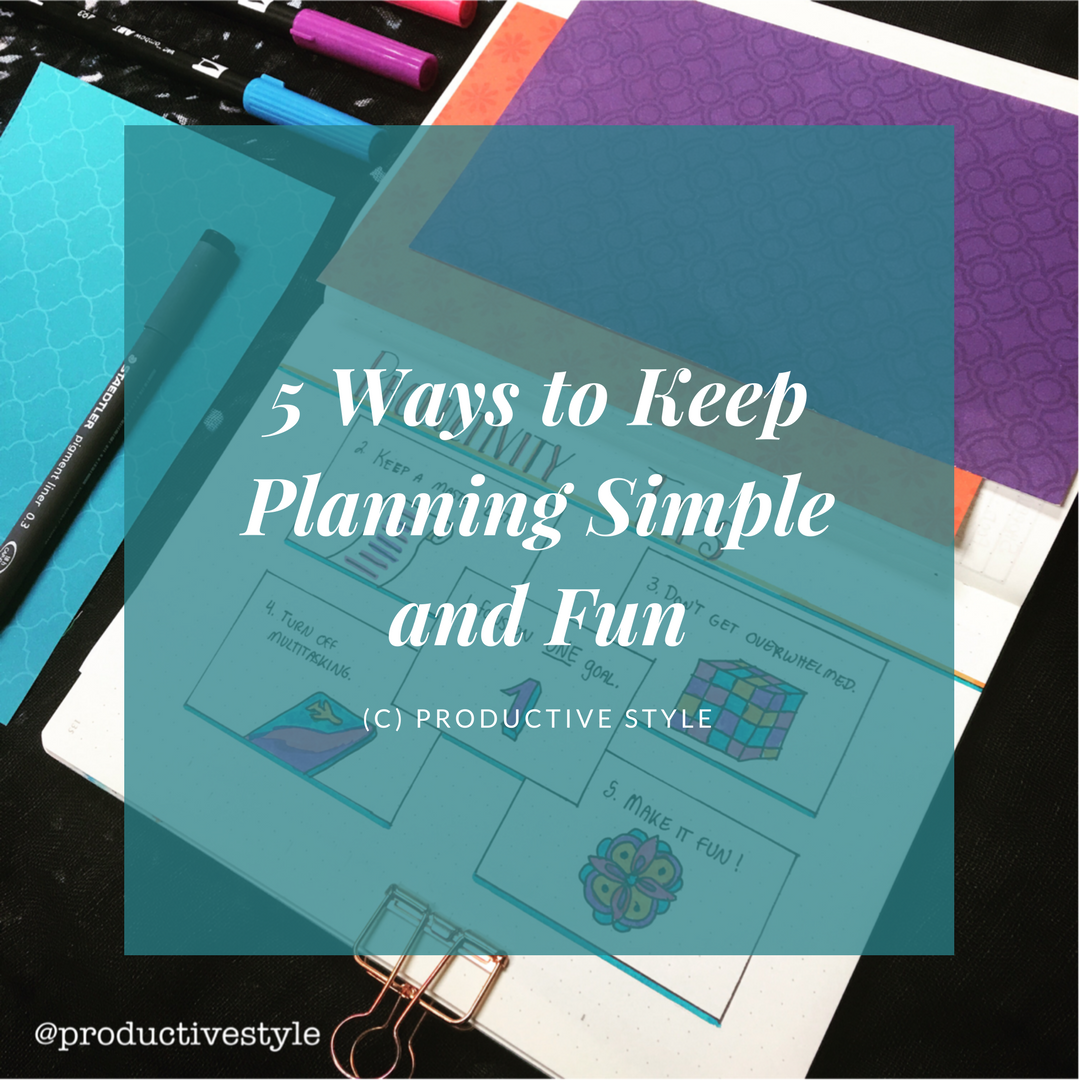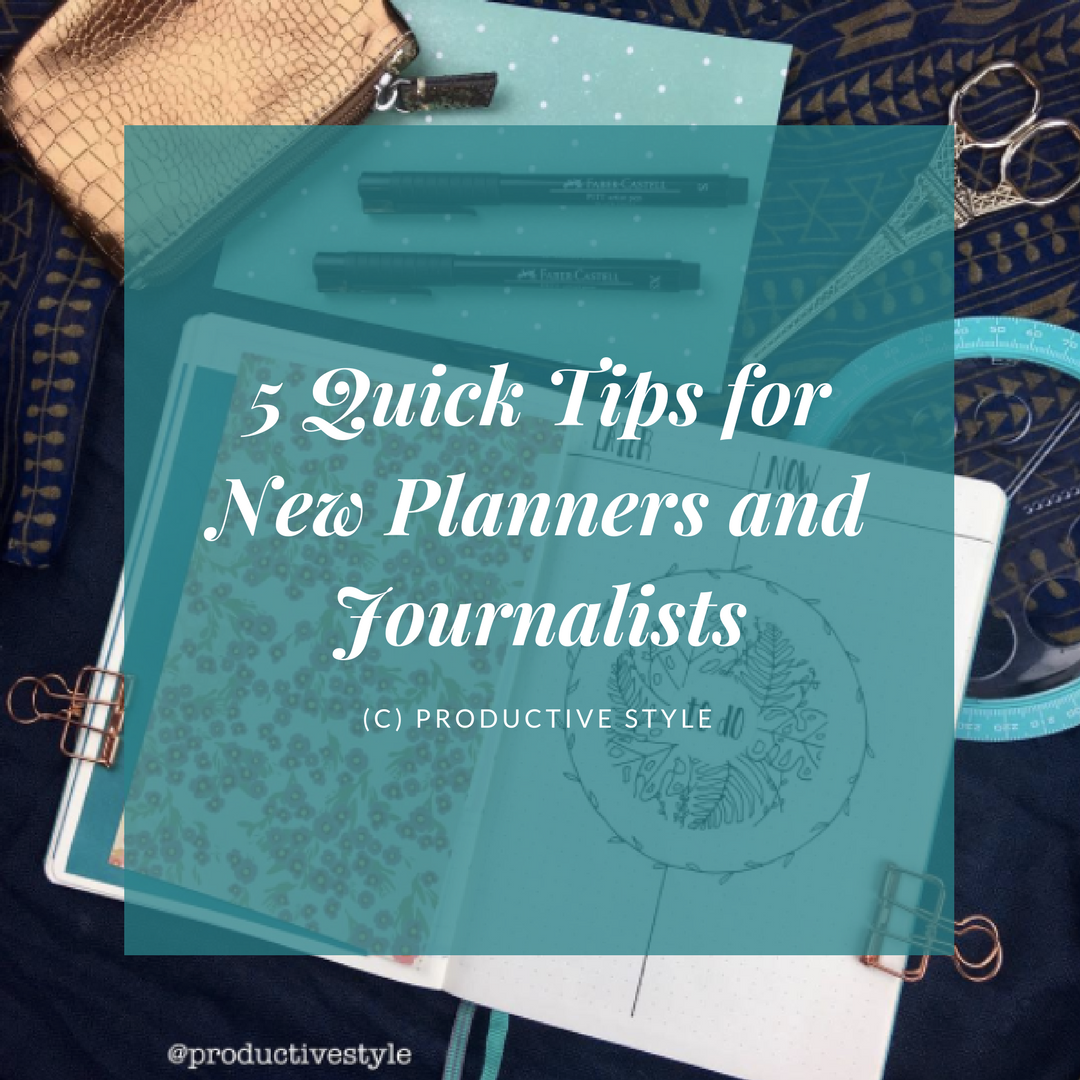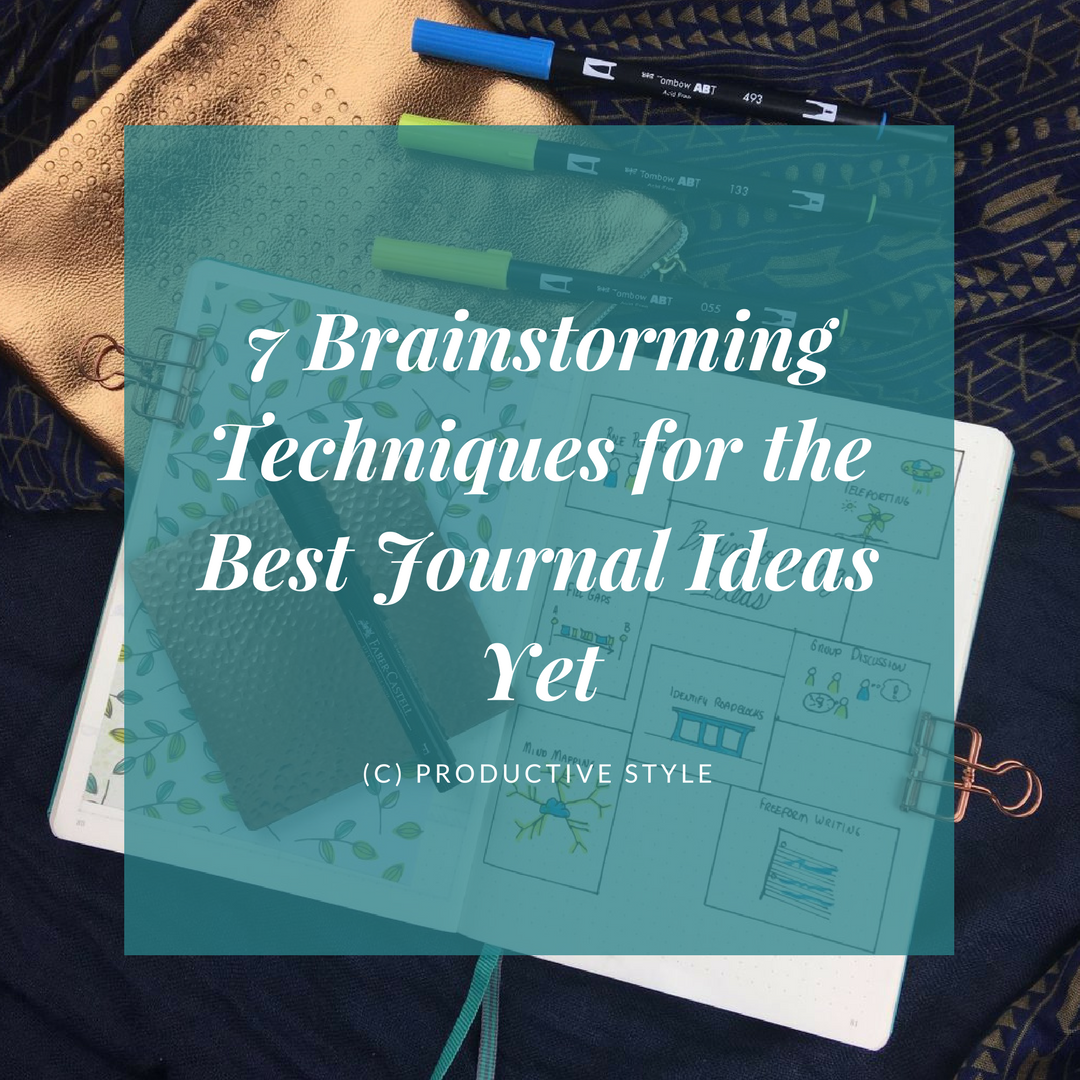
Starting out, I was completely enamored with the world of journaling and planning. There were SO many potential spreads and ideas to incorporate in my journal that it was almost overwhelming. I did a handful of one-time spreads and kept a monthly and weekly calendar in my Leuchtturm notebook. The potential colors and designs were endless (well… only limited by the number of pens I happened to acquire around that time….). The ideas for lists were almost as endless… (I captured 102 List Spreads here).
Lately, I’ve shifted a little and am using my journal for long-term planning and goal setting. That takes a whole new set of techniques an spreads. Here I’ll share a few of the ones I’ve found helpful! In this post, I’ll tell you about some tried and true brainstorming techniques to use, and in future posts, I’ll cover more goal-setting ideas that I’ve found to be super helpful!
1. Role Playing

This one comes up time and again going through school. I’ve seen various forms come up in college projects, management courses, and even in a software requirements engineering class in grad school. It’s a simple, but very easy technique to come up with new ideas.
First, you need to come up with a potential set of roles to play. For example, suppose I’m brainstorming new post ideas for my (currently-very-tiny) blog. I would think of a list of potential readers. Maybe my audience has of teachers who would love to see lesson planning spreads, maybe it has students who would like study tips and time management planners.
Next, I would think about new post ideas from their perspective. During this step, I would make a list or sketch out possible spreads in my journal to capture different needs. I would ask myself questions like:
- What challenges does this person face?
- What does this person spend the most time on?
- How can I help this person be more efficient?
- What does this person enjoy most?, etc.
In the end, I would compile all the ideas into action steps and move on to the next potential reader role.
2. Teleporting

Close your eyes… now picture yourself somewhere or at a time you would love to be… Ok, now, how would you tackle a problem or do things differently if this were your reality? Sometimes the best ideas come when we are at our happiest or most relaxed. Changing your perspective and sinking into a new reality can help you see a problem from a different angle and come up with creative new solutions.
To use this with journaling, choose a scenario and work from that perspective. Suppose I would love to have more time to work on posts here, new videos on YouTube, and new pics for Instagram, but the chaos of a busy job and life are getting in the way (true story here ;)). When I get a free span of time, I try to remove all the business and teleport to a reality where I have all day to focus on my passion and engage in creative work. Then I think about if that were the case, what would I work on first and make a running list of all of those items. After prioritizing the list in my journal, I start tackling the first priority from that teleported reality. Usually that is the best thing to work on first even in a hectic reality.
3. Fill Gaps

Sometimes it is daunting to look at where you are and see how to get to where you want to be. If getting from step A to step B is a big challenge, it’s time to fill in some interim steps in the middle. This is very similar to the goal planning exercise I posted about last week and that spread could be very helpful here!
First, identify where you would like to be. Next start to think about one easy step you could take today to help get there. Don’t think about the long journey or the big picture. Start to focus on breaking down the journey. What gaps do you need to fill? Do you have skills you need to sharpen? Do you need equipment (don’t go crazy here!)? Do you need to network and make new connections? Make a list in your journal of all of those middle steps to fill in the gaps. Then prioritize and tackle the first one! If any seem to big, then repeat the exercise just focusing on that one gap until you have steps that are manageable and don’t cause dread or fear.
4. Mind Mapping

This is a fun technique that seems to be made for journaling! To do this, write a word or phrase that you want to brainstorm around in the middle of your journal page. Next, think of ideas, words, or phrases associated with that and write them on lines out from the center word. Finally, repeat until you’ve exhausted your ideas or your paper space (you can always pick off one area and make it the center word on your next page!). Here’s an example I did recently for Productive Style (photo originally posted my Instagram).

5. Group Discussion

If you want to get a whole new set of ideas, bring together friends, coworkers or family members to have a discussion around it. Come up with a list of 5-10 questions to ask if conversation get quiet or if everyone gets off track.
To capture group discussion, I typically block off areas of my journal pages for each participant. Then I will jot down ideas from each person in their designated area. This shows who is most engaged in conversation (so you can ask questions to quieter members of the discussion) and helps you keep track of where to attribute ideas or ask more questions later on.
6. Freeform Writing

This technique is great if you want lots of ideas and have some quiet time to yourself. Start by writing a sentence in your journal about where you want to go or what you want to brainstorm around. Then just start writing EVERYTHING that comes into your mind for a set amount of time. I’d recommend 10-20 minutes starting out. After you’re done, you can go back and highlight areas of interest and build out lists of ideas from there.
7. Identifying Roadblocks

This is one of my favorite techniques. As a project planner both at work and home, I am always thinking about risks and problems that I might run into. Taking this mindset and applying it to project planning is a great way to AVOID those risks. There are blog posts full of great ideas here (perhaps coming soon!), but here we’ll focus on the most simple method. Take a journal page and divide it vertically in half with a line. On the left side, one per line, write down a list of risks, roadblocks, reasons why you can’t or don’t want to work toward a goal.
Next, on the right side, across from each risk or roadblock, write down why you should do it anyway, or how you can either prevent or address that risk. You’ll be surprised how much this second step helps eliminate those worries and risks! It helps turn pessimism into a positive action!
These techniques are ones I use often. For more brainstorming ideas (including a different perspective on a few of these), also check out this awesome Inc article found here.
Supplies Used:
Leuchtturm1917 A5 Dot Grid Hardcover in Emerald: http://amzn.to/2vgFPof
Faber Castell Pitt Artist Pens http://amzn.to/2fGOjzK
Tombow Dual Brush Pens – Bright http://amzn.to/2fG9hi4
Ruler http://amzn.to/2wbcn4u
Binder Clips http://amzn.to/2vb8BU4
Pencil Pouch (similar: http://amzn.to/2fUAldU)
Note: This post contains affiliate links. I may receive a small commission if you purchase something through the links here, at no cost to you. These are all products that I use and love, and any purchases made help support this site and my newly found stationary addiction. 😉 Thank you so much for your support and don’t hesitate to get in touch if you have questions!

